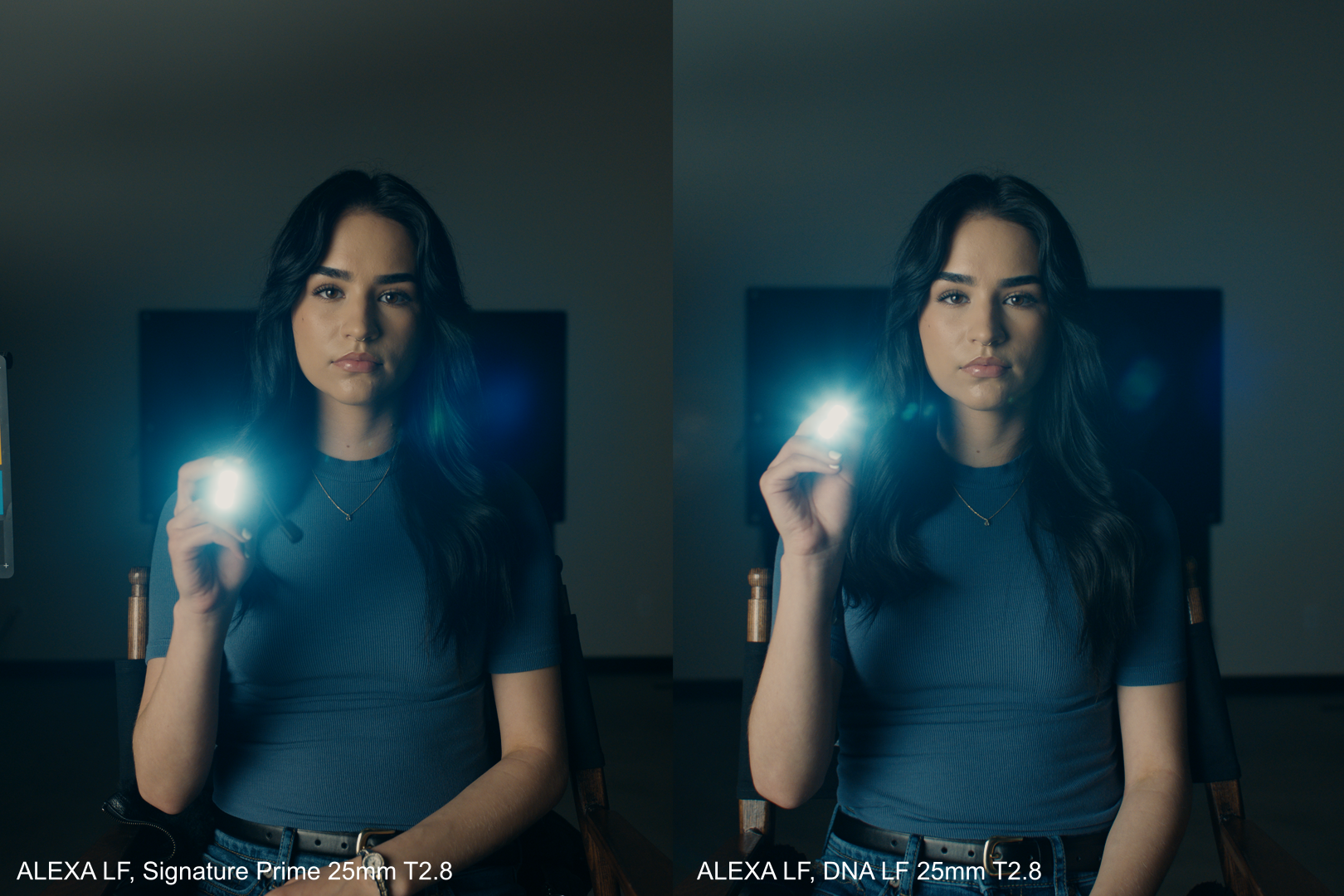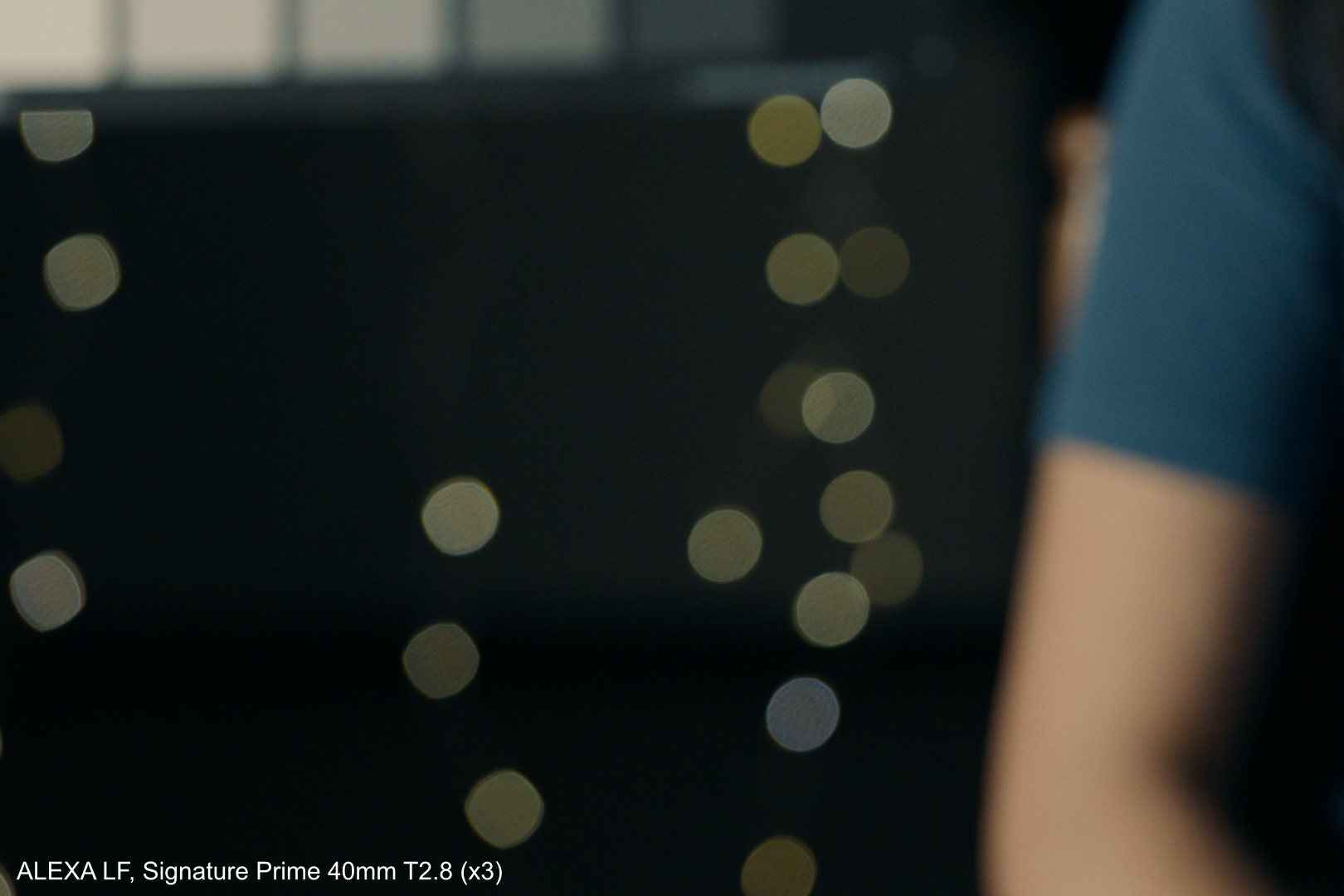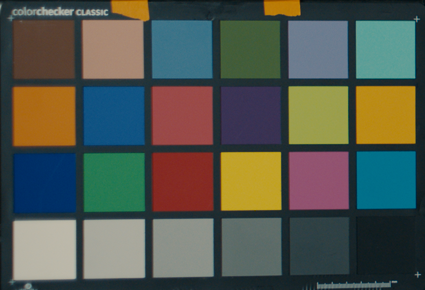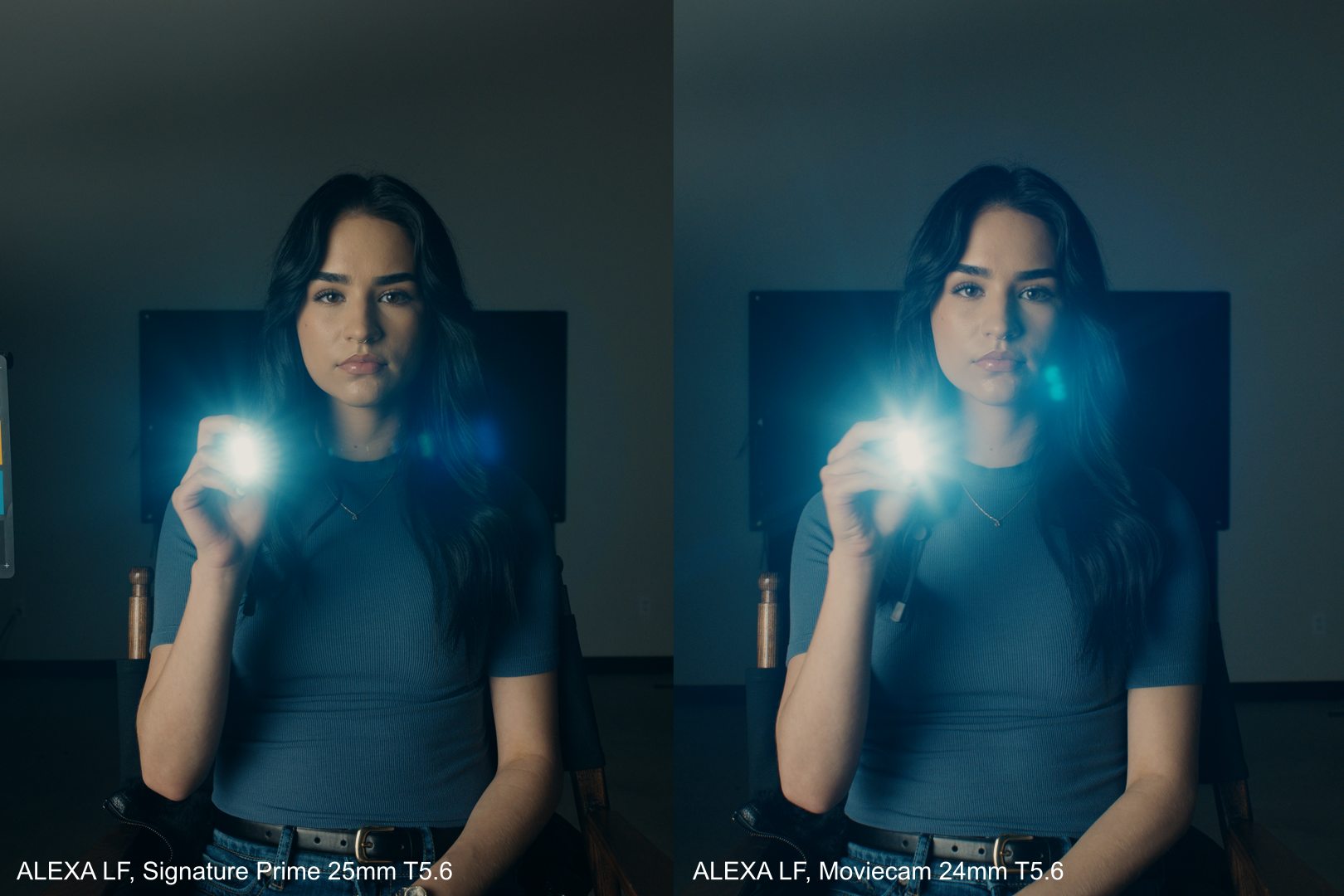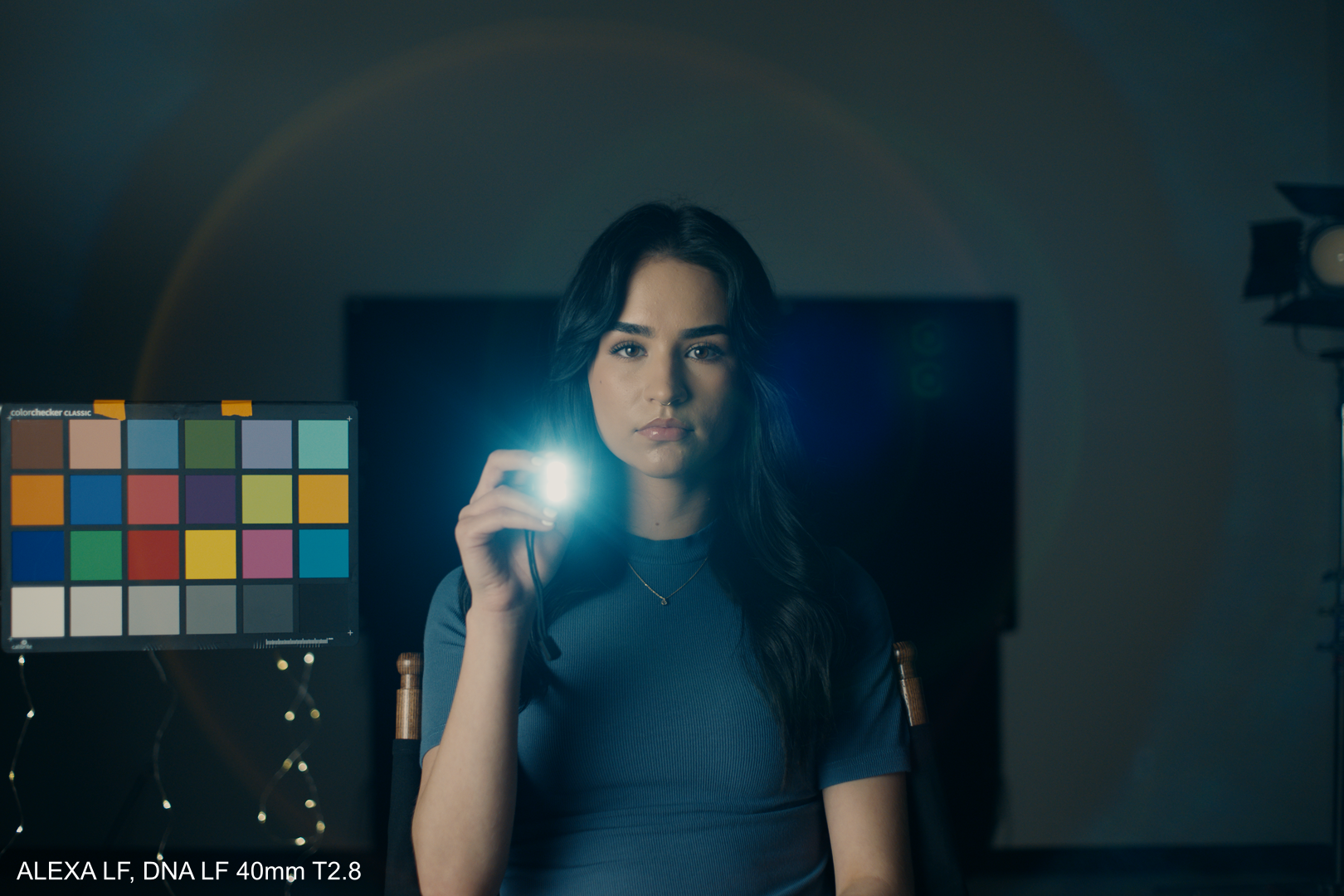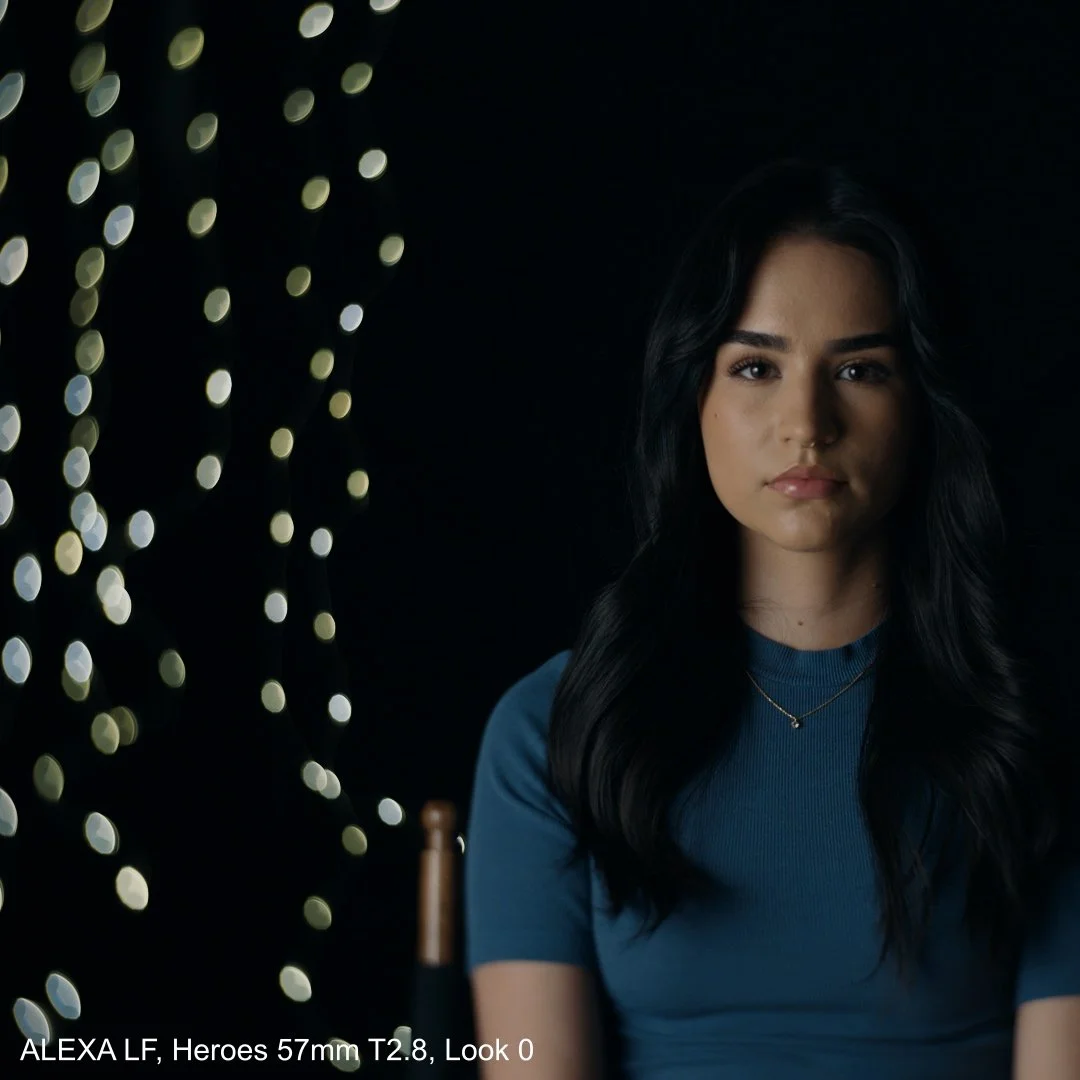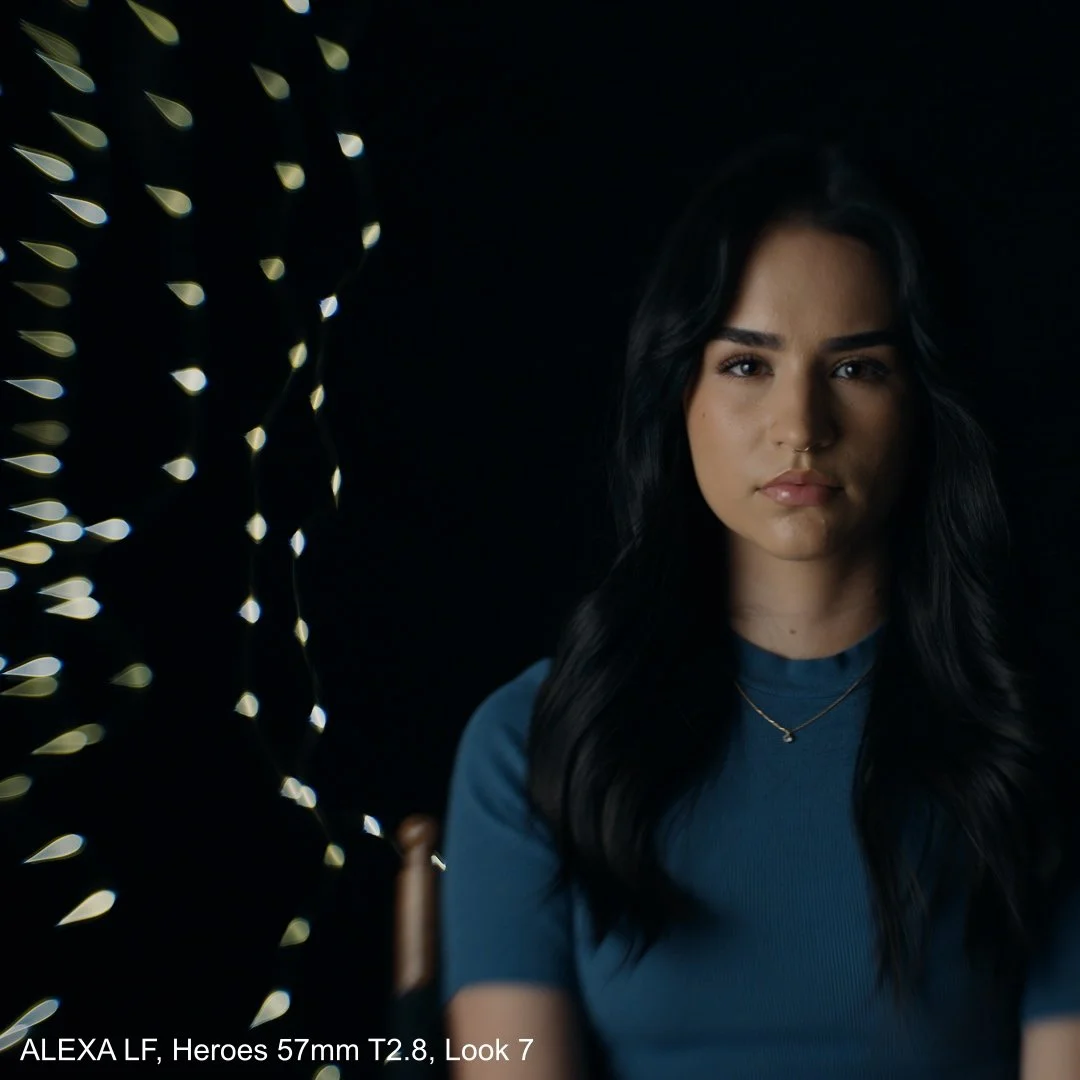Arri large format lens test
The large format look has become increasingly popular in contemporary cinematography, and consequently, the selection of full-frame lenses available to cinematographers today has grown to follow the trend. ARRI currently manufactures 3 sets of spherical full-frame prime lenses (Signature Primes, Moviecam, DNA LF) that each have unique characteristics. We will compare the personalities of Signature Primes, Moviecam, DNA LF, and HEROES.
The test is conducted with suggestions made by Jay Holben in Shot Craft. Lenses will be tested at each marked ‘T’ stop up to T8. To compensate for exposure, the shutter angle will be adjusted accordingly as opposed to the intensity of lighting fixtures; this is to ensure that no other variables can affect the performance of the lens when changing ‘T’ stops and to keep the test controlled. Our subject - lit by a Skypanel S60 - is metered at T5.6, 180° shutter, EI800.
ALEXA LF @ 4.5K Open Gate, ProRes 4444
Signature Prime 25mm, 40mm
Moviecam 24mm, 40mm, 85mm
DNA LF 25mm, 40mm, 85mm
HEROES 57mm, 80mm
With the support of ARRI Rental NY
Benjy Berkowitz
Jonathan Zhao
Frank Yu
Mariana Guzman Corrales
Initial Impressions
The Signature Primes produced the warmest image of the three; this is especially noticeable in the whites and highlights. The Moviecam and DNA LF were similarly neutral in their color renditions, and both had slightly more contrast than the Signature Primes. This could be interpreted however as the Signature Prime’s attempt to preserve blacks and highlights. All lenses exhibited contrast inconsistencies between wide open and T2.8, but interestingly, the difference in contrast for the Moviecam between T2.8 and T4 is also quite discernable.
The most clinical image was produced by the Signature Primes with the highest retention of resolution towards the edges of the image circle, no discernable chromatic aberrations, and virtually no breathing. The Moviecam exhibited a slight red chromatic aberration and suffered a little bit with resolution towards the edges of the frame. The DNA LF exhibited red/cyan chromatic aberrations with resolution also suffering a little bit. Breathing was more noticeable on the Moviecam than the DNA LF, but breathing overall was not incredibly aggressive. Distortions were minimal across all three lens sets. I find that the test results are congruent with ARRI’s design philosophies. The Signature Primes consistently produce a technically flawless image, and the Moviecam demonstrates inherent ‘vintage’ characteristics of the Moviecam brand from the 1980s. The DNA LF sits somewhere in between and is designed to be customizable.
Lens flaring
For the test, we waved a flashlight across the lens at T2.8 and T5.6. The Signature Primes were our benchmark which we used to compare with the Moviecam and the DNA LF.
In general, the starburst effect was more apparent when stopped down. The Signature Prime had the most subtle starburst effect and the least amount of veiling - mainly localized around the flashlight. Veiling on the Moviecam was the most significant as demonstrated by the general reduction of contrast. The DNA LF was somewhere in between the Moviecam and Signature Primes in terms of veiling. The starburst effect was the strongest with the DNA LF, with ample ghosting, which created the most Hollywood-esque blockbuster cinematic flaring look.
Bokeh
The Signature Primes produced the most evenly shaped circular bokeh balls. The DNA LF produced similarly shaped bokeh and distortions were a little bit more noticeable towards the edges of the frame with the bokeh slightly stretched into a marshmallow shape. The Moviecam had hexagonally shaped Bokeh balls which gave way to a more gum drop-shaped bokeh when distorted towards the edge of the picture. Overall, tangential astigmatism was somewhat noticeable on all three lenses when using wider focal lengths, and there was some sagittal astigmatism in longer focal lengths with the Moviecam and DNA LF.
HEROES
ARRI’s relatively new line of specialty large format lenses are deserving of its separate analysis. There are three rings on the barrel of the HEROES. Aputure, Focus, and Look. Even at its lowest Look intensity of 0, the lens exhibits innumerable unique characteristics not dissimilar to Petzval lenses. But unlike the Petzval lenses, the optical qualities of HEROES are such that they can have both exaggerated sagittal and tangential astigmatic qualities. Each increment in Look intensity changes the degree and type of distortion with Look 0-4 having sagittal astigmatic qualities, and Look 4-8 gradually developing tangential astigmatic qualities. Another interesting thing to note is that as the HEROES focus more towards infinity, the more tangentially astigmatic the lens will become, and vice versa when going to close focus.
Due to the high degree of distortion in the lens overall, focus falls off very quickly towards the edges of the image circle. I would consider using HEROES in conjunction with other, less specialized lens sets when bringing them onto a project, which is why they were completely separate from the comparisons above. Nonetheless, the application of a variable distortion lens can prove incredibly versatile for cinematographers and represents a trend in manufacturers creating increasingly customizable lenses.






